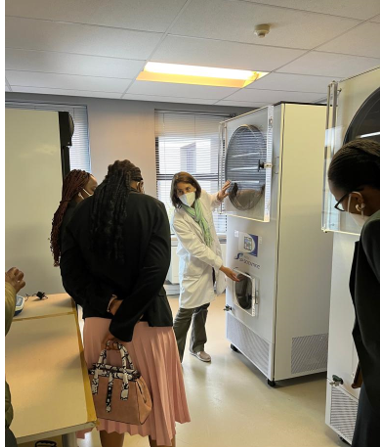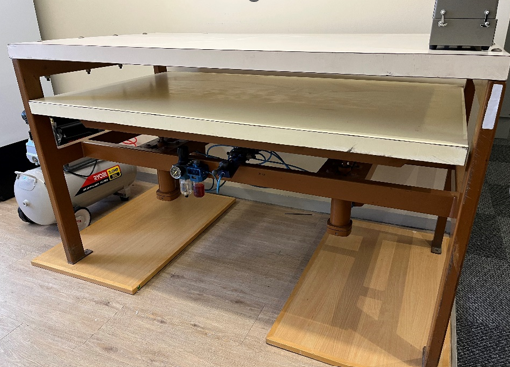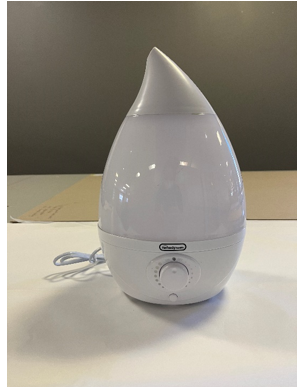by Daniéle Knoetze and Nancy Child
Conservators will tell you that the right tool for the job makes all the difference. The tools and equipment found in a conservation laboratory range from large, excessively expensive equipment to small hand tools that you can get at any beauty store for under R20. Having the right tools and materials are important, but they are sometimes difficult to get hold of. Therefore, getting creative is the name of the game. Conservators usually pull from all sorts of different fields to find just the right tool for the job.
In our conservation unit we are privilege to have specialised equipment when dealing with specific conservation tasks, such as the freeze dryers and hydraulic table.

Figure 1: Nancy Child explaining the concept of sublimination. (Frozen water in the material to change directly to a vapor).

Figure 2: Relaxing and flattening papers are routine treatments in paper conservation. We use the hydraulic table to do this treatment by placing the paper object between some absorbing material. Consistent pressure is then applied to avoid cockling of the paper.
Appliances such as an ultrasonic humidifier is a useful tool when it comes to the relaxing of paper. This appliance is easy to find and available at most pharmacies. And you won’t be paying an arm and a leg for it!

Figure 3: Ultrasonic Humidifier used to moisturise the paper object through vapor.
Let’s look at some of the hand tools no conservator can do without: Bone folders, Spatula, Tweezers, Scalpel, Brushes and an Awl.

Figure 4: Different shape and size bone folders, tweezers and a scalpel.
Bone folders are useful for making strong creases in paper and can also be used as a burnisher for tapes. Tweezers assists with accurate control for sorting, probing and holding small pieces of paper. The bookbinding awl is used to punch precise holes or enlarge existing holes into a variety of material. Surgical scalpels are ideal for delicate, precision work on paper objects. This tool has many uses and is a must have when it comes to cutting paper, gently scraping surfaces and removing tape and adhesive.
Different strokes for different folks
Figure 5: Different types of brushes for different tasks.
Conservators use a variation of different brushes that have different characteristics to make the task at hand easier to do. They come in different shapes and sizes to perform a specific task.

